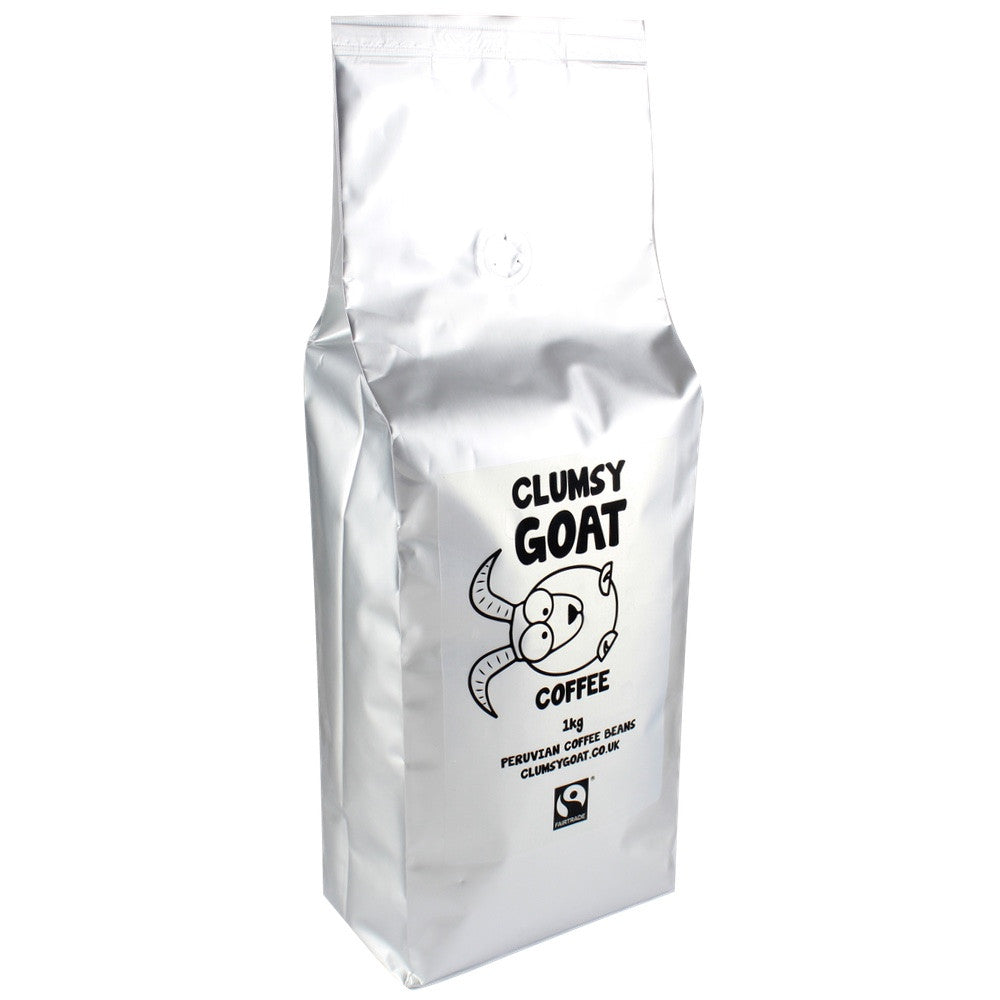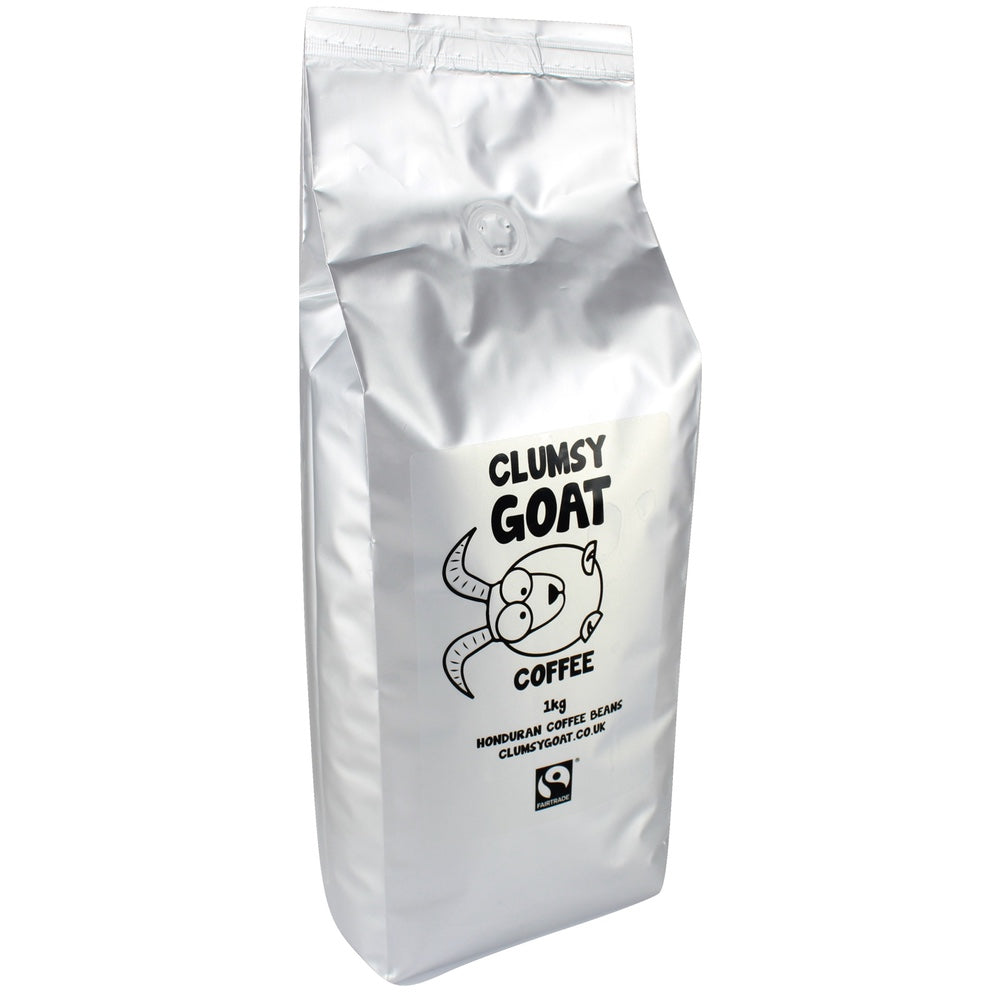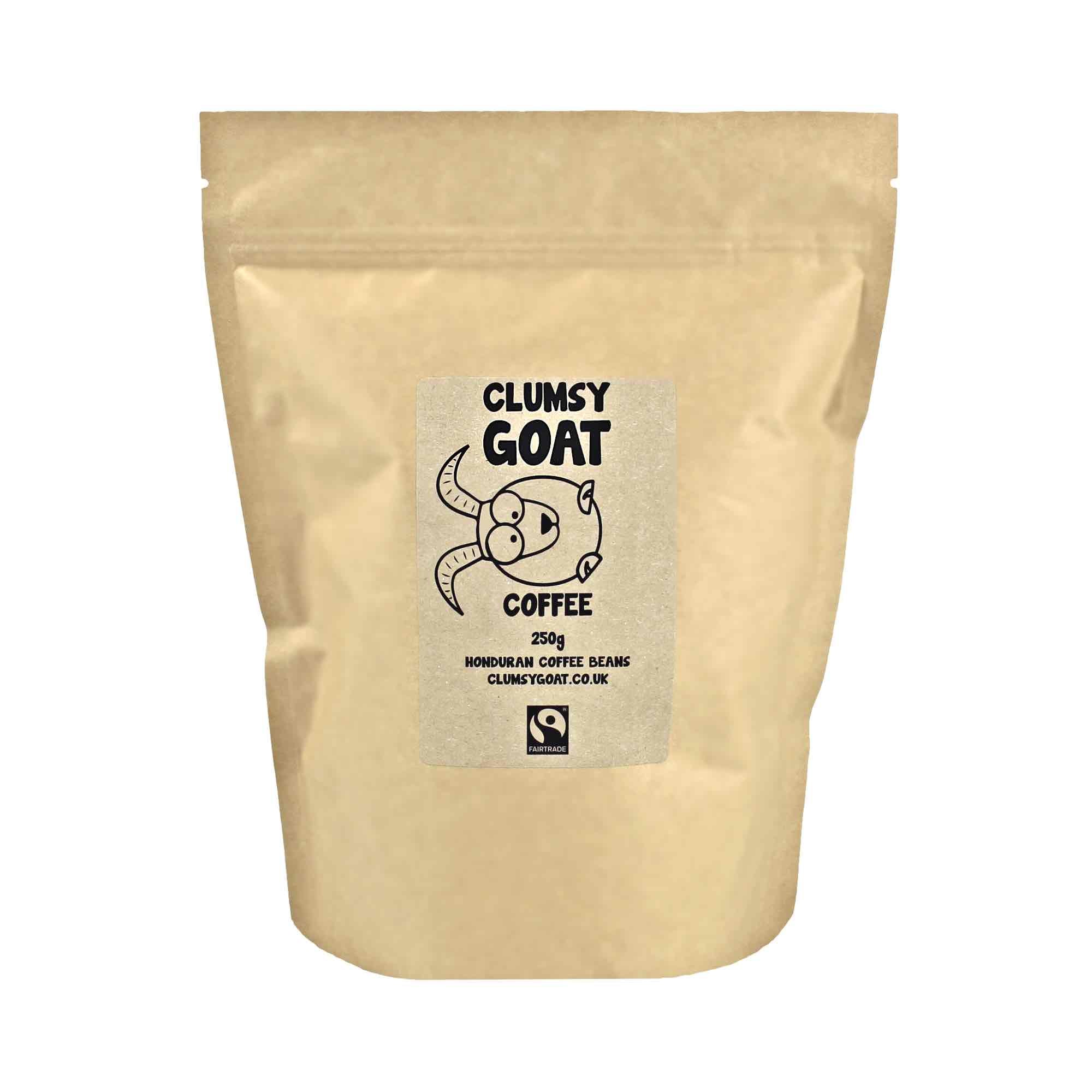Coffee Guides
Today we look at Colombian FNC coffee beans and what makes them great!
Today we’re putting Colombian FNC beans under the spotlight to try and understand what makes these...
What’s the difference between single origin coffee beans and coffee blends?
Despite their differences, every coffee enthusiast will agree that both single origin and blended coffees...
Today we take a look at Ethiopian Sidamo coffee beans
Named after the Sidima, an ethnic group native to Ethiopia, Sidamo Province is steeped in...
How to quit having sugar in your morning coffee
Many of us love sugar in our morning cup. A nice hit of carbs and caffeine can give...
What are the best speciality coffee beans?
First of all, what is speciality coffee? Well, there are actually many ways of defining...












